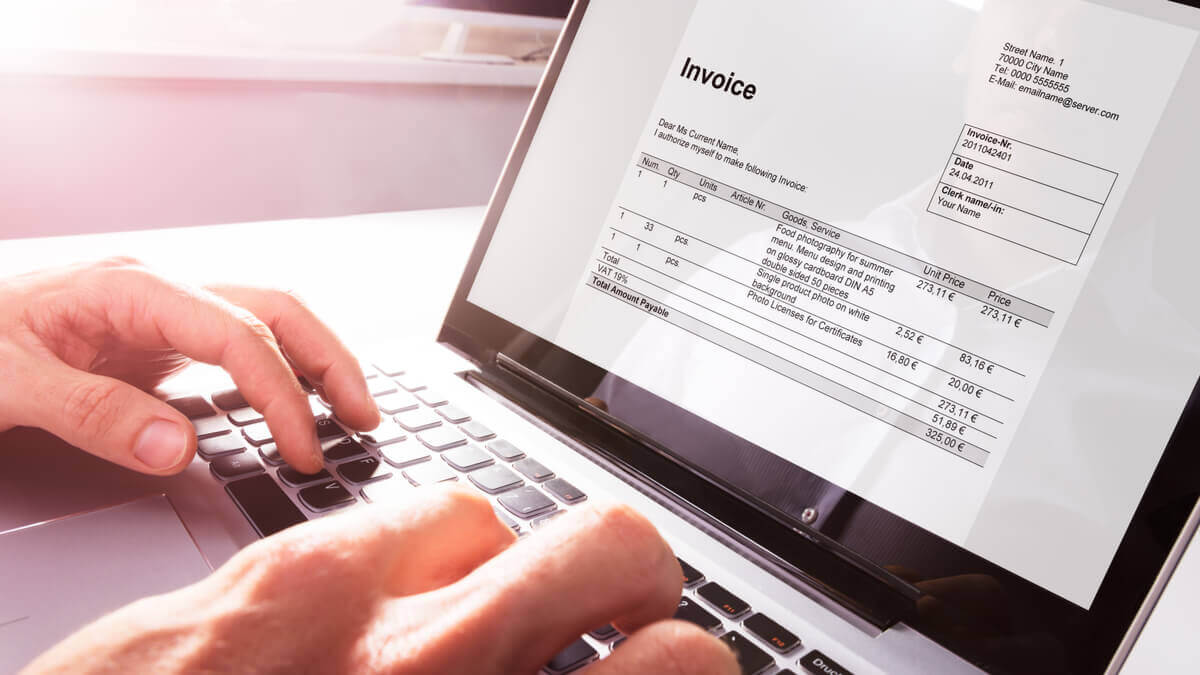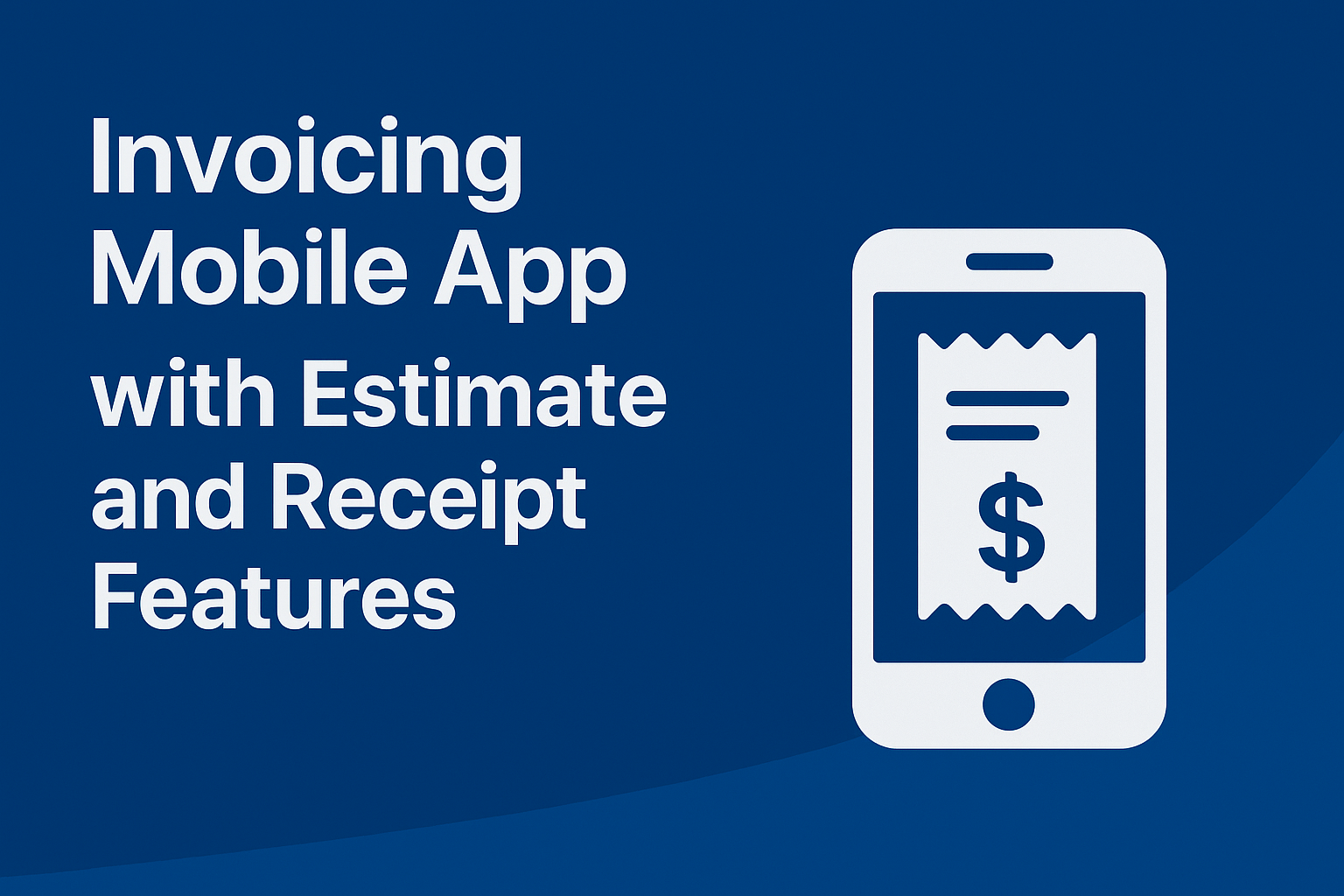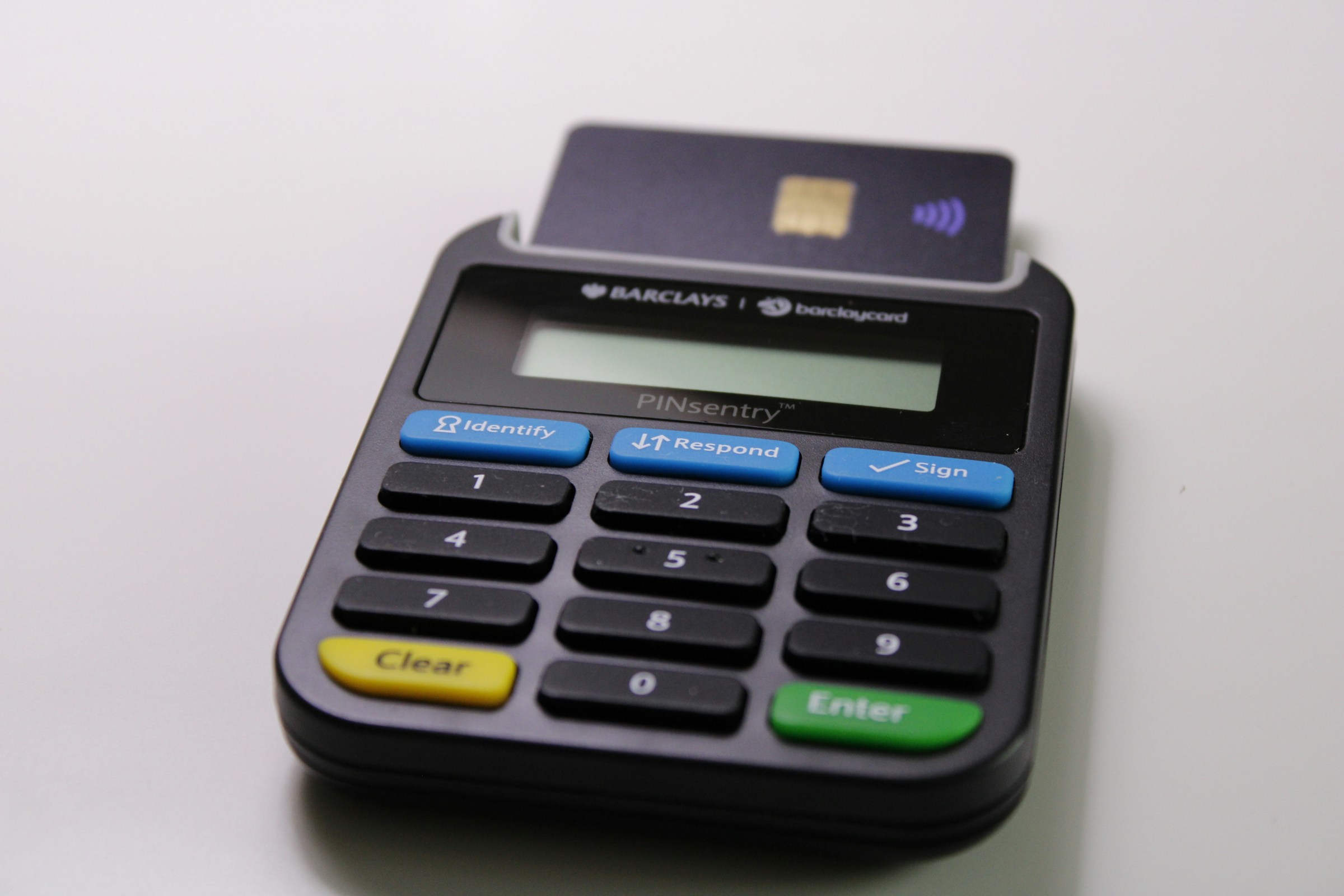Although handwritten invoice is no longer fashionable, there is chance that people still use them. As a small business owner, you understand that invoicing is an important factor of your operation.
You are unlikely to get paid for your products or services without an effective invoicing and billing procedures.
Apart from that, your company’s invoicing methods are likely to play a significant impact in your tax compliance.
To completely execute their work, your accounting department relies on exact and detailed invoicing data.
In the end, running a profitable business is difficult if your invoicing methods are not precise and up to date.
Invoices are essentially itemized descriptions of products or services supplied to a client, together with payment terms.
Invoices can be printed, computerized, handwritten, or presented in hieroglyphics as long as they contain all the necessary information.
It all depends on what is ideal for your brand’s image and the format that buyers will accept.
Yes, invoices can be handwritten, the same information can be written as typed, and everything can be made to line up perfectly with a little attention, but it’s not always a good idea.
There are two more factors to consider, depending on the type of business you do and your clientele.
Handwritten invoices are acceptable as long as the client is prepared to accept, process, and pay them.
The first is your brand, which is the image you project for your business. Nobody cares if it is a handwritten invoice for a cheaper rate for home cleaning or lawn mowing.
People will only notice when you start adding more zeroes. In reality, it makes little difference what your invoice looks like as long as it includes the required relevant information:
- Contact information for business
- Itemized list of products and services
- Payment conditions
- Date and number of the invoice
- Contact details of the client
- The total amount payable
You can hand write your invoices if it contains the necessary information; just make sure the writing is neat and clear to ensure that it is easy to read.
You have relied on handwriting contract estimates and invoices for years and it has since worked well before computers became common.
But nonetheless, merely getting the work done does not suffice anymore. Because of its accuracy, it is essential that sales invoices be generated from a computer rather than handwritten.
If an invoice is handwritten and subsequently copied into a computer, a few inconsistencies between the computer data and the handwritten invoice detail can arise unless extreme caution is exercised.
Before entering data into the computer system, it may be essential to manually write out an invoice and present it to the customer.
In this article, we will understand why handwritten invoices just do not make it in today’s digital age and discuss on topics like why the conventional handwritten invoice is shifting and changing, why should you avoid handwritten invoices and hazards of handwritten invoices.
1. Why is the conventional handwritten invoice shifting and changing?
Most businesses now use online invoicing because their constant hassles with hand-written invoices have driven them to invest in more precise invoicing and billing services.
Online invoicing makes the billing and invoicing process easier for you and your clients, increasing the possibility that they will make timely payment.
For hundreds of years, hand-written invoicing was the norm for most businesses, at least until electronically generated invoices became the practice for the majority of enterprises.
Handwritten invoices are still used in a range of sectors.
While many businesses may not see the need to modify their invoicing practices, the reality is that conventional, hand-written bills have several disadvantages, including:
- Handwritten invoices are easily misplaced and difficult to keep track of, especially if you conduct a lot of business.
- Handwritten invoices are easily amended.
- Handwritten invoices might be misunderstood, resulting in accounting mistakes.
- Conventional invoices are difficult to duplicate and fade with time.
- Maintaining track of your invoices takes up a lot of file space, and finding a certain invoice may be time consuming and complicated.
- When a hand-written invoice is misplaced or destroyed, it can be difficult to keep track of the transaction, especially if the money is still unpaid.
2. Why should you avoid handwritten invoices?
The invoice is the most important factor of collecting money owed you. The most essential task that a business conducts is invoicing.
Other than delivering high-quality goods and services, a company must efficiently and successfully collect and track payments.
That is why it is necessary to generate professional invoices and prevent invoicing errors. Handwritten invoices are convenient, but they are not recommended for most commercial transactions.
They just do not have the same professional appearance as printed or digital documents.
As a result, they’re often reserved for minor or informal business operations like house cleaning and lawn maintenance.
Moreover, handwritten invoices are more difficult to handle with accounting software, and many businesses do not accept them at all.
However simple handwritten invoice may appear, downloading free invoice templates from any number of web sources is just as simple.
3. Hazards of handwritten invoices
Lower Consumer Satisfaction
Delivering a digital estimate or invoice to the customer’s email address or phone helps them to conveniently search for and discover the document anytime it is needed.
Furthermore, having digital records of your signed estimates or invoices may save you from arguments because they can be quickly referenced and validated in your email.
While handwritten service invoices might get the job done, they are not preferred by your consumers.
Not only are handwritten paperwork frequently unorganized and difficult to understand, but they also waste the customer’s time while you prepare the invoice and lack accountability to the customer.
Handwritten invoices are sloppy and unprofessional unless you’re a calligrapher.
Promotes time wasting
Handwritten invoices require more time to create than computerized ones.
Handwritten invoices require you to rewrite a lot of information that an integrated management system can accomplish automatically.
When preparing an invoice software contractor invoicing software that is linked with a service CRM system, the customer’s basic information is immediately put into the document, eliminating the need to recreate it.
In addition, your company’s fundamental information, as well as any terms and conditions you choose, may be automatically entered into the invoice.
Whenever you begin adding line items, simply indicate which ones require taxation, and all of the mathematics is done for you.
Handwritten invoices generate extra work for customers
We understand that for decades, written invoices were sufficient. Nobody seemed to care. So, why the shift? It’s simple.
The written invoice is not convenient for consumers who maintain their documents and records.
An increasing number of consumers rely only on digital storage and filing systems for their documents.
A handwritten invoice pushes clients who prefer computerized document storage to manually enter in values, increasing the potential of data input blunders and errors.
Let’s face it, penmanship is not highly regarded in customer service. Additionally, the hands that handle the paper may be filthy, smearing or staining the document.
In this era, a rising proportion of customers will prefer contactless interactions.













